AMD or age-related macular degeneration is a pretty serious eye condition that blurs your central vision. If your macula gets damaged, it can pave the way toward causing AMD. Macula is responsible for controlling your straight-ahead and sharp vision- if you deal with any kind of vision complications, make sure to get in touch with an optometrist. You can hop into our Specscart stores and opt for a free eye test- book an appointment online and our eye specialists will examine you on the scheduled date and time.
Age-related macular degeneration is a common condition, especially in older adults. If left untreated, it can expose the patient to vision loss. Though AMD doesn’t come with a lot of complications, losing central vision might make it harder for you to read, see faces, do close-up work, drive etc.
In this blog, we will gain insights regarding the symptoms, type, diagnosis and treatment of AMD. Let’s dig deeper and explore this information without any further ado.
What Are the Types of Age-Related Macular Degeneration?
Age-related macular degeneration can be classified into two different types:
- Wet AMD
- Dry AMD

Also referred to as advanced neovascular AMD, wet AMD might result in faster vision loss. It is the late stage that takes place due to the growth of abnormal blood vessels in your eyes back, thus damaging the macula. However, wet AMD can be treated, there are options to rely on.

The other name for dry AMD is atrophic AMD- it usually takes place in early, intermediate and late stages. Though dry AMD doesn’t have any permanent solution, it can be prevented from hampering your remaining vision. Individuals with late AMD in one eye need to take proper actions to safeguard the other eye.
What Are the Symptoms of Age-Related Macular Degeneration
The symptoms of dry AMD are different from wet AMD. Let’s check them out at a quick glance.
Symptoms of Dry AMD
- Straight lines appear wavy
- Individuals with dry AMD can still drive and read
- Both eyes have the same symptoms
Symptoms of Wet AMD
- In wet AMD, vision loss takes place over weeks and days
- Symptoms are visible one eye at a time
- One of the eyes might get exposed to blindness
- Since dry AMD develops slowly, one can get exposed to blind spots in the centre vision
What Are the Risk Factors of Age-Related Macular Degeneration?
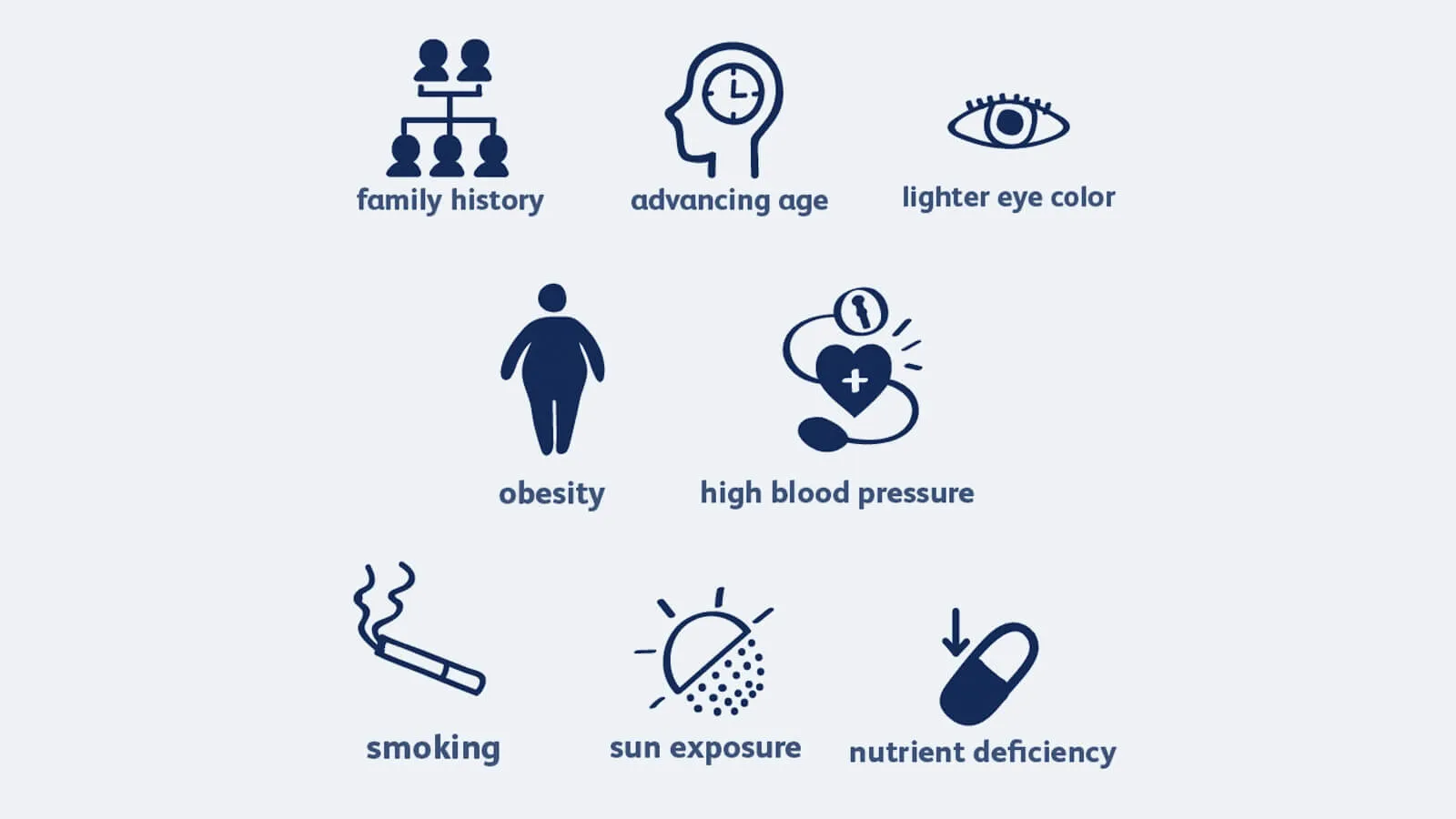
Before discussing the treatment options and ways to diagnose AMD, let’s take some time to learn the risk factors:
- Age: Individuals above 50 years old can develop AMD.
- Smoking: Smoking poses serious threats and might lead to age-related macular degeneration. Take a step toward quitting smoking today.
- Family History: Sometimes, hereditary issues embed the chances of AMD in an individual. If someone from your family has undergone AMD, you might develop it too.
- Obesity: Obesity develops macular degeneration, especially among the male population.
- High Blood Pressure: High blood pressure slows down oxygen flow in your eyes and boosts the odds of AMD, thus causing macular degeneration.
- Harmful Sun Radiation: As we already know, the harmful UV rays released from the sun are extremely hazardous to our eye health. It can contribute to macular degeneration.
- Digital Screen: Prolonged exposure to the digital screen leads to macular degeneration along with various other eye diseases.
How to Diagnose Age-Related Macular Degeneration?
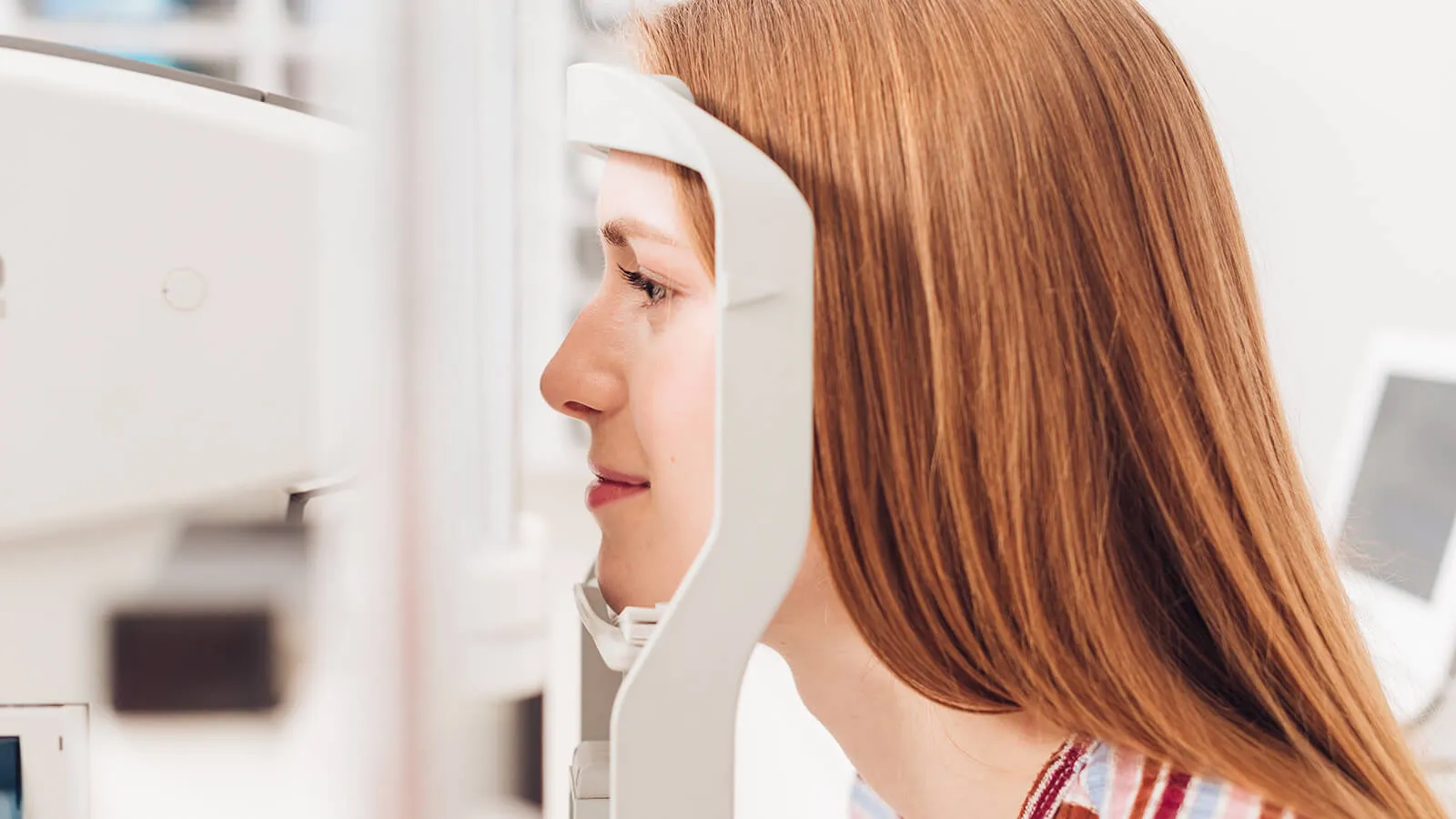
Macular degeneration can be typically diagnosed by performing an eye examination. Some of the other tests are:
- Dilated Eye Exam
- Amsler Grid Test
- Optical Coherence Tomography (OCT)
- Fluorescein Angiography
- Optical Coherence Tomography Angiography (OCTA)
- Snellen Chart
With the help of eye drops, your eyes get dilated and pupils get widened. Your care provider will use a special lens and examine your eyes, thus detecting the concerns and addressing them.
In an Amsler grid, you will get to see straight lines along with a dot right in the middle. If the sections or lines on the grid look wavy, blurry or broken to you, chances are high that you have macular degeneration. This test can be performed at home as well- just make sure to take proper actions before things get out of hand.
In Optical Coherence Tomography or OCT, an imaging machine is used to take detailed pictures of your eyes’ backside, including your macula and retina. This process isn’t painful or invasive- all you need to do is look into the lens and get pictures.
In this diagnosis process, your eye care provider injects fluorescein (a yellow dye) into your arm’s veins. There’s a camera that clicks pictures to find whether there is any possibility of leakage under the macula.
OCTA used an OCT scanning device along with a laser light reflection. Here, 3D images of your eyes’ blood flow are captured and examined.

Also referred to as a 20/20 vision test, a Snellen chart is used to examine the clarity and sharpness of your vision. If your vision is 20/20, it means that everything is normal. If it’s not, you might deal with serious eye problems in the near future.
How to Treat Age-Related Macular Degeneration?
Let’s be honest, age-related macular degeneration can’t be cured permanently. However, it can reduce the effects of symptoms in the long run. The treatment option solely depends on the disease type- you can either choose between medications, nutritional supplements, laser therapy and PDT or photodynamic therapy. Check them out in a detailed manner:
Medications
There are certain medications that treat AMD but don’t cure it completely. The retina specialist will numb your eyes before injecting the drugs. Some of the drugs are:
- Ranibizumab (Lucentis®)
- Aflibercept (Eylea®)
- Bevacizumab (Avastin®)
- Brolucizumab (Beovu®)
- Faricimab-svoa (VABYSMO®)
Nutritional Supplements
The nutritional supplements that are often used to treat age-related macular degeneration include:
- Vitamin E
- Vitamin C
- Zinc
- Lutein
- Zeaxanthin
- Copper
Laser Photocoagulation
While performing laser photocoagulation, your health provider will seal and destroy your leaking blood vessels with the help of a laser. They used to treat wet AMD like this.
Photodynamic Therapy
In PDT, your healthcare specialist will use a combination of a laser and an injectable light-sensitive drug to destroy your eyes’ blood vessels. Also, they can choose to combine anti-VEGF shots with PDT.
Thus, we conclude the types, symptoms, diagnosis and treatment of age-related macular degeneration. According to statistics, it is evident that nearly 200 million people will deal with AMD- by 2040, the number might reach 288 million.
References:
https://www.msdmanuals.com/en-in/home/quick-facts-eye-disorders/retinal-disorders/age-related-macular-degeneration-amd
https://www.webmd.com/eye-health/macular-degeneration/age-related-macular-degeneration-overview
https://www.nei.nih.gov/learn-about-eye-health/eye-conditions-and-diseases/age-related-macular-degeneration
https://my.clevelandclinic.org/health/diseases/15246-macular-degeneration
https://www.brightfocus.org/macular/article/age-related-macular-facts-figures
 30 Under 30 Europe 2024
30 Under 30 Europe 2024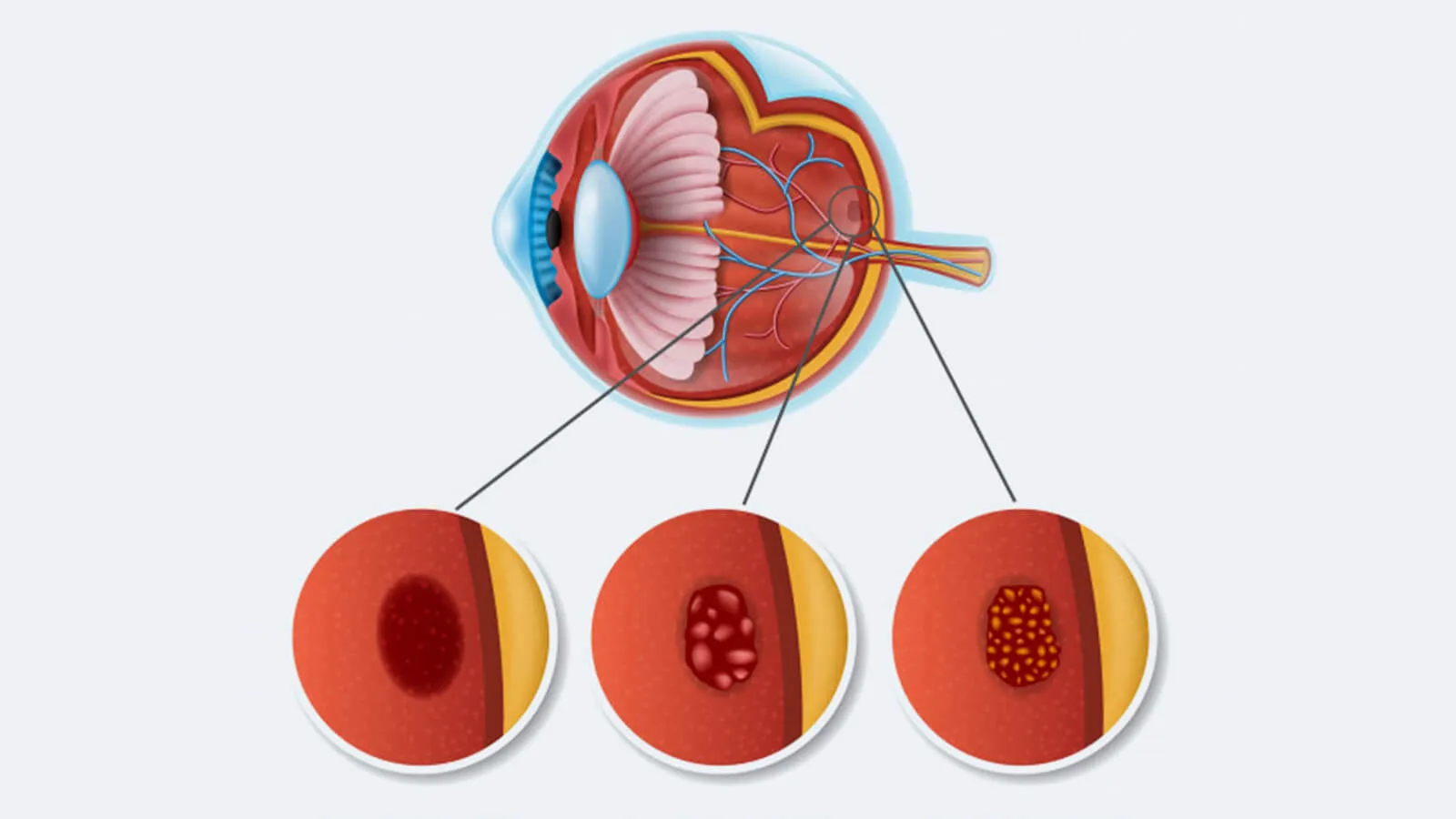
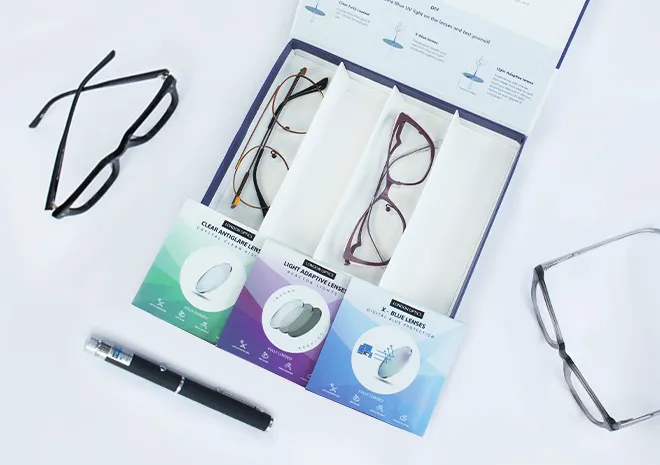



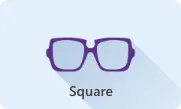

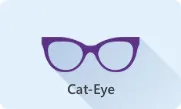





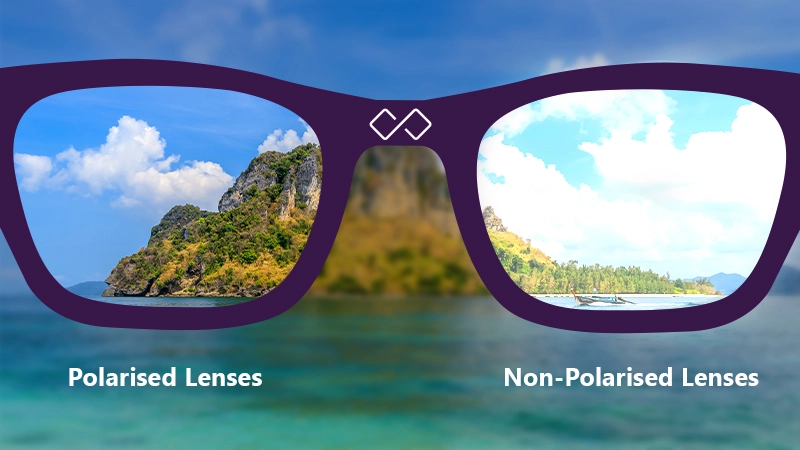








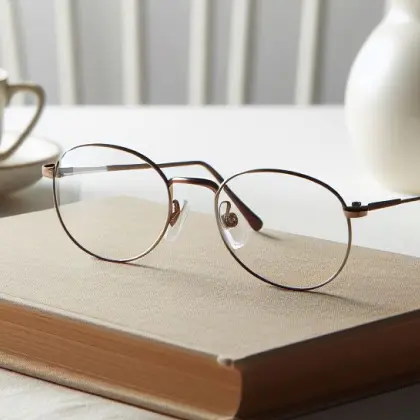

 Terrible
Terrible
 Bad
Bad
 Okay
Okay
 Good
Good
 Amazing
Amazing

 Google
Google


